“A business person deals with things not the way they are, but how they could be.” Herbert Simon, psychologist and sociologist to whom, along with other minds, we owe the foundation of the Design Thinking method, has no doubts: business must always work with one eye looking towards the future, its centre should not be a static concept, it should change over time, chasing innovation.
Design Thinking becomes, therefore, the answer to this need of evolution: it is, in fact, an innovative and dynamic company management method, which contrasts its vision focused on people with the typical triangle of Business Schools, which sees the business at the top, and people and technology at the bottom.
Design Thinking makes companies curious, attracts and drives them to invest for 3 main reasons:
- Digital transformation.
Digitalisation is an unstoppable process that is getting increasingly faster. In order to manage it successfully, it’s necessary to rethink processes and structures in which such processes are applied: design thinking helps to create analytical and intuitive thought and makes the decision-making process of companies more effective and faster.
- Explosion of entrepreneurship.
In recent decades, the entrepreneurial context has been disrupted by the economic crisis and by growth of new digital realities, social networks in particular. Consequently, the desire to become an entrepreneur has grown, especially in young people, and the challenge is not easy to deal with, but is more manageable through the creative and innovative processes of design thinking.
- Digital technologies.
Design Thinking is a useful tool for companies to identify growth strategies and possibilities that meet their requirements, to make the most of the opportunities offered by the new digital technologies.
More technically speaking, the Design Thinking process can be found in the creation of 4 models.
Models inclined towards creation of a vision:
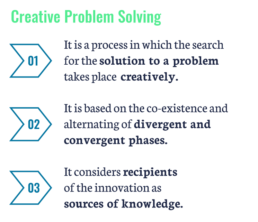
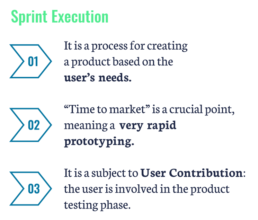
Models inclined towards the search for a solution:
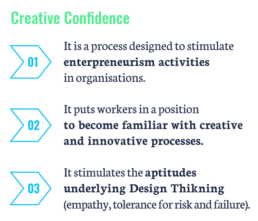
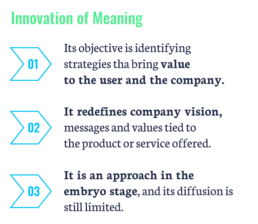
Which model is the more prevalent?
Each model is more or less widespread based on the field of application.
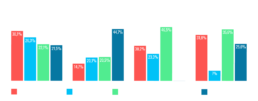
But in practise, how is the Design Thinking model structured?
It is carried out in 5 phases:

CONDIVIDI L’ARTICOLO!

